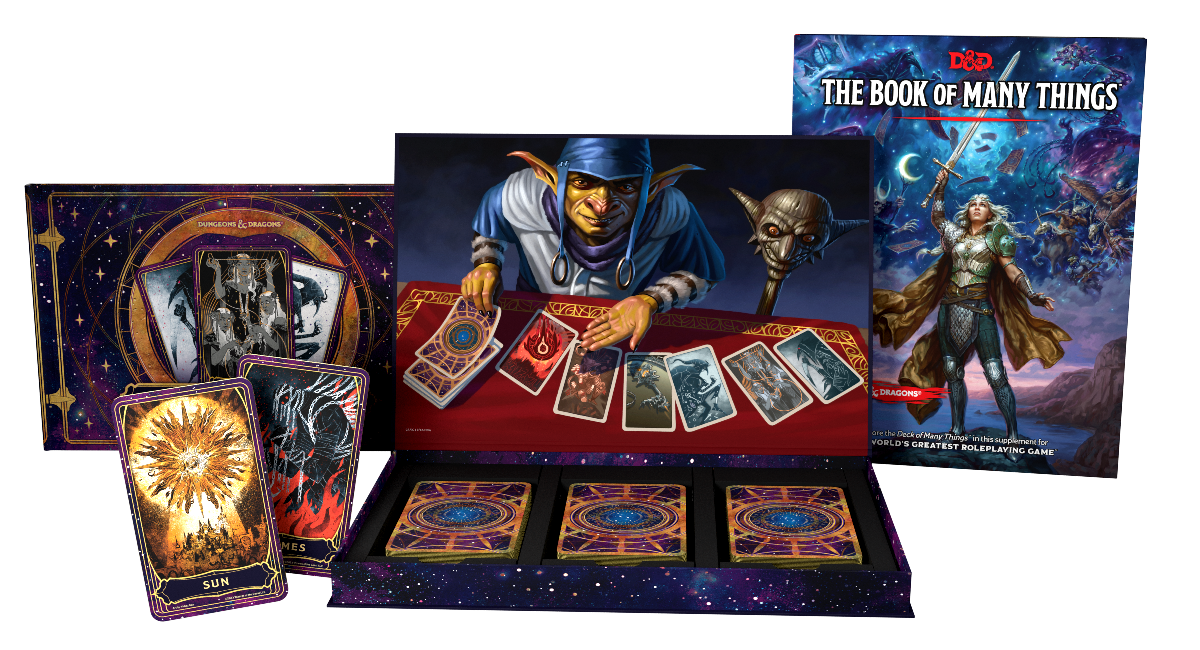I was recently given the opportunity to review Cobweb Games’ latest development Chronicles of Skin written by Sebastian Hickey.
Chronicles of Skin is a player interactive storytelling game set in a medieval backdrop pinning the tribes of Iho and Croen in a civil war through-out the city of Seriphin. Gameplay is designed for three or more players in a cooperative creation of the struggle between these two tribes. The system is completely dice-less and GM-less while utilizing a standard deck of playing cards and a pictograph sheet known as the Chronicle sheet. The framework mechanics are rules-light and allow for quick play in 30 – 90 minutes.
The player interactive aspect of this game involves all players not only creating the outcome of the story but also the setup and all scenes in-between. Each player has their turn at being the Scribe (similar to a GM), the Enemy (similar to typical NPCs), and principal characters that are involved in the action between the Scribe and the Enemy. The role of each player changes from scene to scene giving everyone the opportunity to fully affect the outcome of the story.
Considering the game is still in development, I will not give away the core mechanics or explain the rules, but rather give an overview of how I feel concerning the framework of the game.
The game starts by creating the background for each tribe using the standard playing cards with a given table of definitions. Each card and suit has a specific purpose to how the background is created giving the game a great amount of repeat playability. The number of possible combination’s is quite significant and no two stories will have to play out the same way. Using this mechanic, all players are given the ability to have their say in how the look and feel for each tribe will be played out throughout the story.
Once the tribes are fleshed out, the players are then given a certain number of cards to begin each scene. These cards are used to determine what principal characters are created, what their motives are, and how the player can affect the story. I find this mechanic to be quite interesting as it gives each player a framework on how to create their characters instead of simply trying to manifest the details out of thin air. However, only the framework of the character is given, by using a table of definitions for the cards drawn, and it is completely up to the player on how that character’s actions and ideals will play out in the scene and how that character can affect the overall story. This method of flexible character creation can make for an interesting array of characters and an endless number of directions the story can take.
To keep the story interesting, each scene contains this same method of principal character and plot creation. To keep track of all these scenes and their outcomes, the Scribe draws a few pictures on the Chronicle sheet depicting the story and how it develops. Each scene contains a number of events that can be either mental, physical, or psychological in nature. The mechanics of scene-play are very dynamic in that they offer the ability for that particular scene to be a stab-in-the-back event or something completely epic. Not only do the players have the choice to make it as large or important as they deem necessary, but they each are able to drive the story in different directions.
Once a game completes, you have a series of pictures telling the basics of the story but refrains from forcing the player’s to tell their story in a certain way. The mechanics for the end game truly enhance the storytelling aspects of the whole system. Once the end game has arrived, players are now able to take their time-line of events and create the story as a whole. From here, there is a voting mechanic that gives players the ability to swing the story in a certain direction that takes the basics of the story and establishes how they affect the outcome of the civil war. Now all that is left is for the story to be told!
The framework of the game opens it up to a world of potential with an assortment of settings and a large possibility of accessories and expansions to enhance game play. I can’t wait to see the finished product and (hopefully) do a full review with all the updates, illustrations, and add-ons.
Easy and quick play could make Chronicles of Skin very desirable for a wide range of players. As a quick pick-up game, in-between gaming sessions, or during an all-out night of gaming; players can create an outstanding story of victory or failure.
